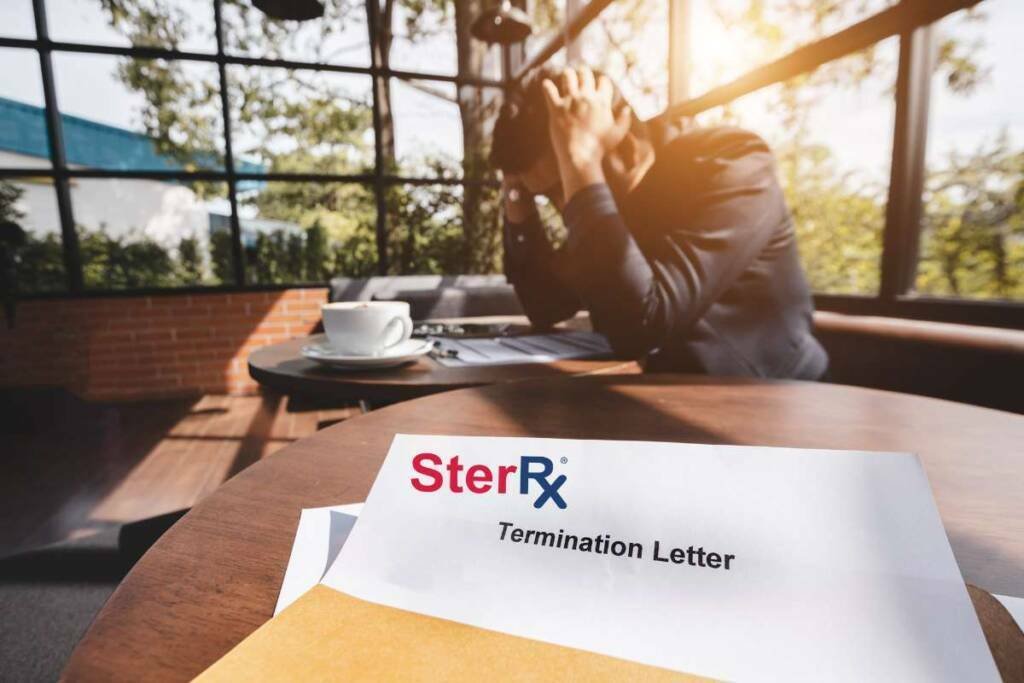SterRx, a manufacturer based in New York, has closed its Plattsburgh plant and terminated 161 employees as a result. The layoffs were reported in a New York state WARN notice, indicating a plant closure. Starting October 24, a total of 144 employees at the Plattsburgh site will be affected by the layoffs. Additionally, 17 workers at a distribution site operated by SterRx will also be let go.
When questioned about the situation, SterRx did not immediately respond to inquiries.
The decision to shut down the plant has had significant repercussions on the local community, and local officials are concerned about the impact.
“I am disappointed by this decision especially since the North Country has continually invested in SterRx so that they have become a valued member of our local manufacturing sector. This is a major hit for our community, but I continue to work with local leaders and workforce development partners to find a reuse of the building and help the employees find new job opportunities.”
– Assemblyman Billy Jones
In an effort to expand, SterRx had previously leased its Plattsburgh distribution center from Murnane Building Contractors. This move was prompted by the company’s rapid growth trajectory. The 60,000-square-foot warehouse complemented SterRx’s existing 50,000-square-foot manufacturing plant. However, in 2021, the company’s promising growth took a hit when it had to recall three lots of sodium bicarbonate due to waterborne microbial contamination. Subsequently, SterRx faced another major recall, withdrawing a substantial 240 lots of various products due to an abundance of caution.
Around the same time, the FDA conducted an inspection of SterRx’s plant and identified serious deficiencies in its processes for producing sterile products. As a result, the facility received a warning letter from the FDA in July 2022, outlining numerous issues, including products being exposed to unsanitary conditions and substandard manufacturing practices.
The cumulative effect of these recalls and regulatory actions likely contributed to the company’s decision to close the plant and release its employees.





























